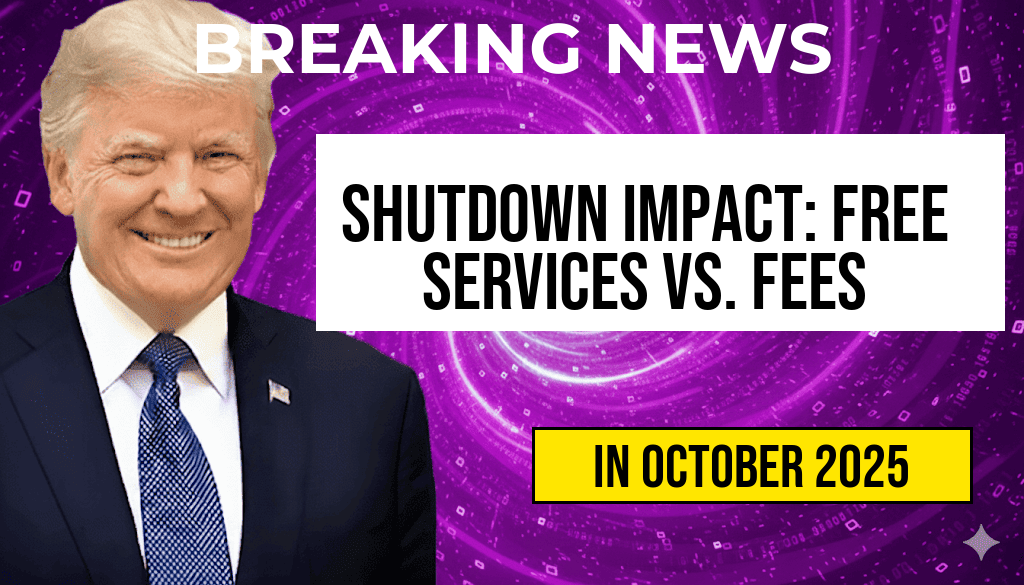As concerns rise over potential disruptions in Electronic Benefits Transfer (EBT) systems, a targeted meal planning initiative is stepping up to safeguard approximately $994 in Supplemental Nutrition Assistance Program (SNAP) benefits for a family of four. This proactive approach comes in light of recent reports indicating that widespread technical issues may affect the timely distribution of food assistance funds, leaving vulnerable families at risk of food insecurity. The meal plan not only provides a structured approach to utilizing these benefits but also emphasizes the importance of nutritional value in everyday meals. Families across the nation are encouraged to adopt similar strategies to ensure they can make the most of their benefits amid potential disruptions.
Understanding SNAP and EBT Disruptions
The Supplemental Nutrition Assistance Program (SNAP) is a federal program designed to assist low-income households in accessing food. Benefits are typically distributed through EBT cards, which function like debit cards, allowing recipients to purchase eligible food items. However, recent technological glitches and system outages have raised concerns among SNAP recipients about the reliability of their benefits. According to a report by Forbes, these disruptions can lead to delayed access to funds, causing panic for families who rely on these resources for their daily meals.
Meal Planning as a Solution
In response to these challenges, community organizations and local governments have begun advocating for structured meal planning as a way to optimize SNAP benefits. This strategy not only prepares families for potential interruptions but also promotes efficient use of their resources. A well-crafted meal plan can stretch benefits further, ensuring that families maintain access to nutritious meals even during uncertain times.
Benefits of a Structured Meal Plan
- Cost-Effectiveness: By planning meals in advance, families can make informed purchasing decisions, reducing waste and ensuring that every dollar counts.
- Nutritional Balance: Meal planning encourages families to include a variety of food groups, promoting a balanced diet that meets health needs.
- Stress Reduction: Knowing what meals to prepare alleviates daily stress, allowing families to focus on other important aspects of their lives.
- Emergency Preparedness: Having a comprehensive meal plan ensures families are ready to adapt to disruptions in benefit disbursement.
Implementing a Meal Plan
Creating a meal plan involves several key steps. Families should start by assessing their current pantry inventory to avoid purchasing duplicate items. Following that, they can consider seasonal produce and local sales to maximize their budget. Here’s a simple framework to get started:
| Day | Breakfast | Lunch | Dinner |
|---|---|---|---|
| Monday | Oatmeal with fruit | Tuna salad | Stir-fried vegetables with rice |
| Tuesday | Scrambled eggs and toast | Vegetable wrap | Chicken and broccoli pasta |
| Wednesday | Smoothie | Quinoa salad | Beef tacos |
| Thursday | Pancakes | Leftover tacos | Fish with sweet potatoes |
| Friday | Yogurt with granola | PB&J sandwich | Homemade pizza |
| Saturday | Bagels with cream cheese | Chicken Caesar salad | Vegetable curry |
| Sunday | Fruit salad | Grilled cheese and tomato soup | Beef stew |
Community Support and Resources
Many communities are rallying around families in need, offering workshops on meal planning and budgeting. Local food banks and non-profits are also stepping in to help families navigate their benefits efficiently. Resources such as USDA’s SNAP Eligibility page provide extensive information on what items can be purchased with SNAP benefits, helping families make informed decisions at the grocery store.
Conclusion
As the potential for EBT disruptions looms, proactive measures such as structured meal planning can significantly impact families’ ability to maintain access to nutritious food. By adopting these practices, families not only secure their benefits but also promote a healthy lifestyle, ensuring they are prepared for whatever challenges may arise.
Frequently Asked Questions
What are the main reasons for the potential EBT disruptions?
The potential EBT disruptions stem from various factors, including system upgrades, funding issues, and external emergencies that could affect SNAP benefits distribution.
How does the meal plan safeguard $994 in SNAP benefits?
The meal plan is designed to ensure that families receive essential nutrition while maintaining access to their SNAP benefits, even during potential disruptions, by outlining approved purchases and budgeting effectively.
Who is eligible for the meal plan that safeguards SNAP benefits?
The meal plan is primarily available to households receiving SNAP benefits, particularly those with four members, who may be at risk of losing access during EBT disruptions.
What should families do if they experience EBT disruptions?
Families experiencing EBT disruptions should contact their local SNAP office for assistance and consider utilizing the provided meal plan to manage their food needs during the interruption.
Are there any additional resources available for families facing food insecurity?
Yes, families can access various resources, including local food banks, community programs, and online support services, to help mitigate food insecurity during SNAP benefit interruptions.






